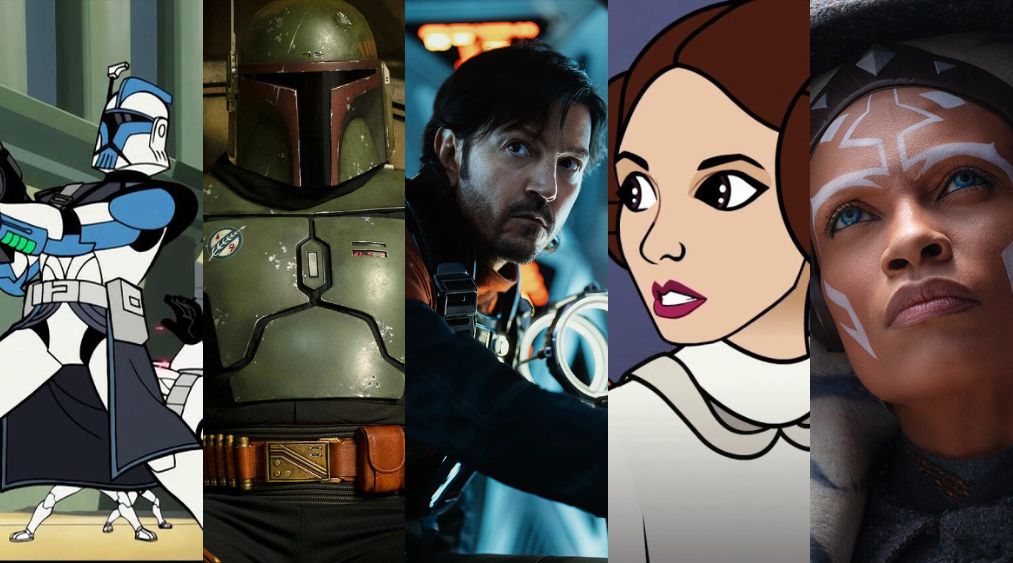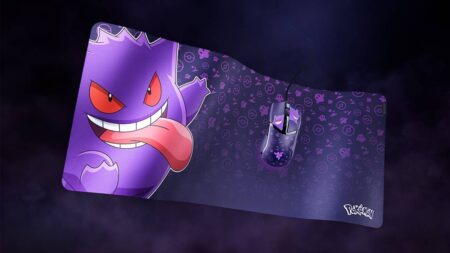For decades, the galaxy has expanded across animation, books, comics, and now streaming television, and some of its most emotionally rich and creatively daring stories are found on Disney+. These Star Wars series, from philosophical thrillers to coming-of-age journeys and mythic animation, prove that the Force can be felt far beyond the theater screen.
This isn’t a list of the most popular or most talked-about Star Wars series. It’s a ranking of Star Wars series based on storytelling power, character depth, and the ability to surprise, challenge, and stay with you long after the credits roll. Canon or not, this is about which series truly feels like Star Wars at its best and reminds us that Star Wars has never just been about the Skywalkers.
18. LEGO Star Wars Series (Droid Tales, Freemaker, All-Stars)
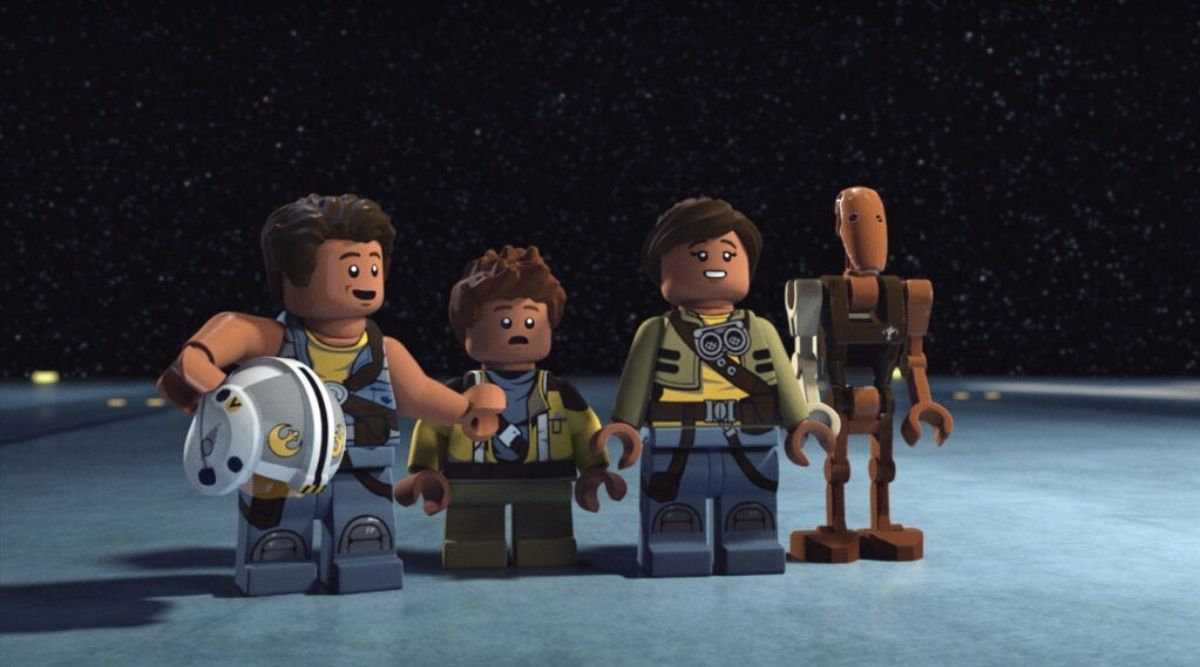
These LEGO series are quick, playful, and entirely unserious. They offer comic retellings, original characters, and loads of Easter eggs for fans in a lighthearted, family-friendly format. While entertaining in bursts, their appeal skews younger and lacks the narrative depth found in other series. They’re best enjoyed as background entertainment or as introductory content for new fans.
17. LEGO Star Wars: Rebuild the Galaxy
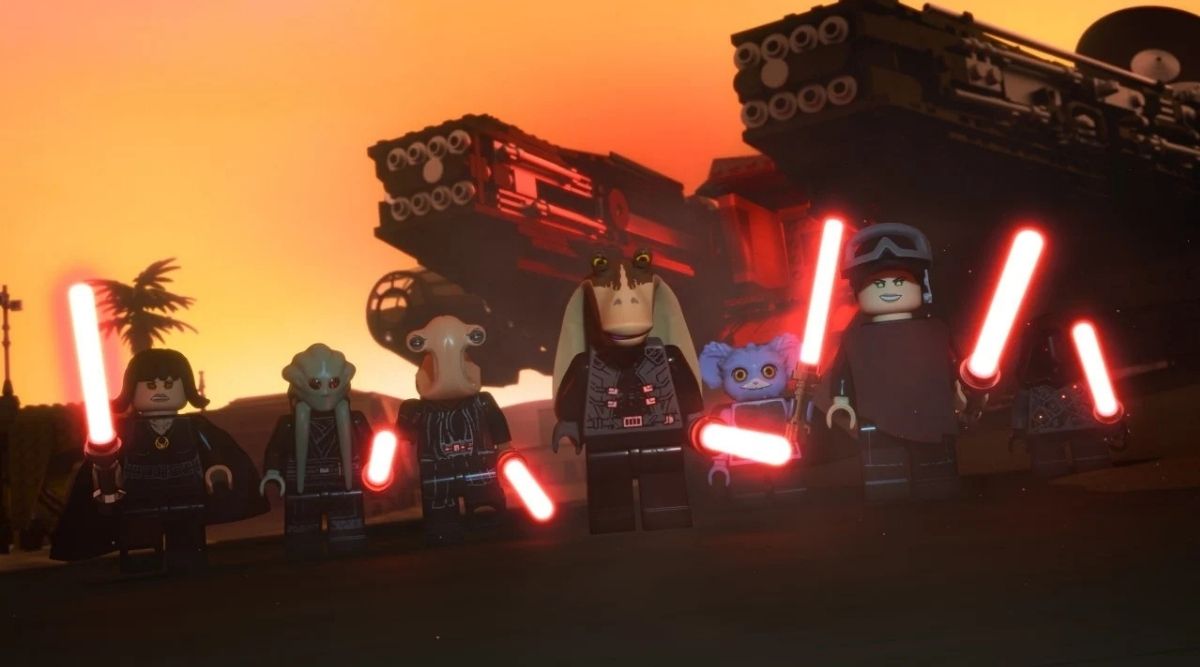
A non-canonical remix of Star Wars tropes, Rebuild the Galaxy brings multiverse chaos to the franchise in pure LEGO fashion. It has the freedom to do anything, yet often settles for light gags and surface-level mashups.
The concept is full of potential for a great Star Wars series—blending timelines, reassigning roles, and having fun with what-if scenarios—but the execution doesn’t go far enough. Still, it’s a fun diversion, especially for viewers who enjoy meta-humor and alternate takes. Just don’t expect it to break ground.
16. Forces of Destiny
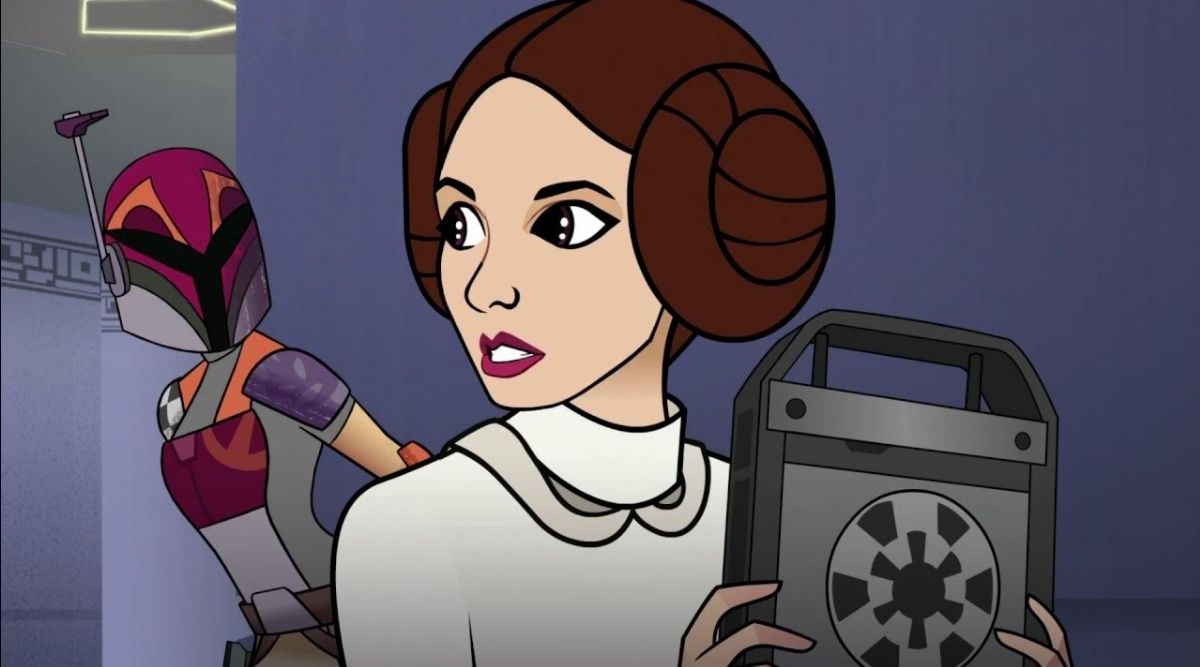
Forces of Destiny delivers quick-hit character moments that enrich the Star Wars universe in subtle but meaningful ways. The shorts highlight women across the saga, offering glimpses of courage, leadership, and connection. There’s no overarching plot like other Star Wars series, but the format allows for concise storytelling that focuses on everyday heroism. Whether it’s helping someone in need or navigating a moral decision, each short reinforces a core value of Star Wars. While not as narratively ambitious as full-length series, the volume and consistency of the shorts make them a quiet success in expanding representation and spotlighting underused characters.
15. Young Jedi Adventures
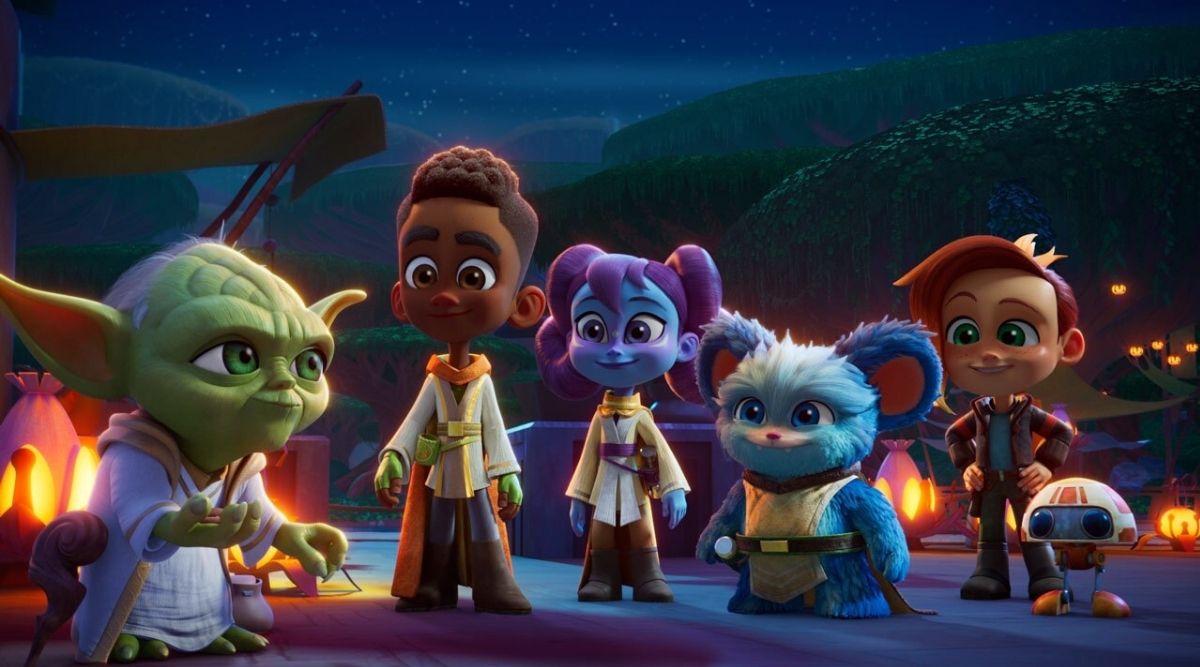
Young Jedi Adventures is a sincere and wholesome introduction to Star Wars series for younger audiences. Set in the High Republic era, it presents a galaxy that’s colorful, adventurous, and full of curiosity.
The stakes are low, and the stories are simple—but that’s the point. It teaches lessons about empathy, teamwork, and responsibility without the heaviness of empire or war. It also opens the door to the High Republic era for kids in a way no other show has attempted. It’s not aiming for complexity, but it succeeds in offering fun, accessible storytelling while reminding fans why Star Wars captured imaginations in the first place.
14. Resistance
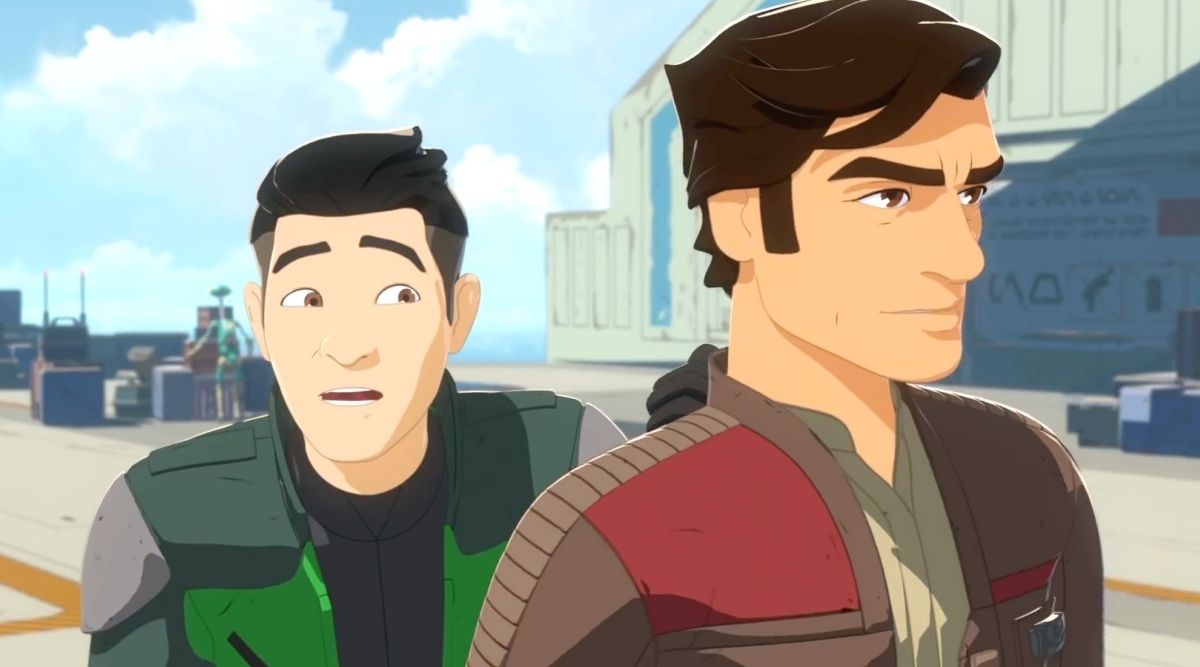
An often overlooked Star Wars series, Resistance serves a specific purpose: to give audiences a look at the Star Wars sequel era through the eyes of everyday people. Set just before The Force Awakens, it focuses on pilots, spies, and mechanics rather than Jedi or Sith.
The animation style leans cartoony, but the themes—expectation, identity, and doing the right thing without fanfare- are grounded. Kazuda Xiono’s arc, especially his struggles with his father’s position, echoes broader generational themes present in the Mandoverse saga.
While it lacks the emotional punch of Rebels or The Bad Batch, Resistance still has its merits. It’s diverse, full of energy, and offers a different angle on a part of the timeline that’s often underexplored.
13. The Book of Boba Fett
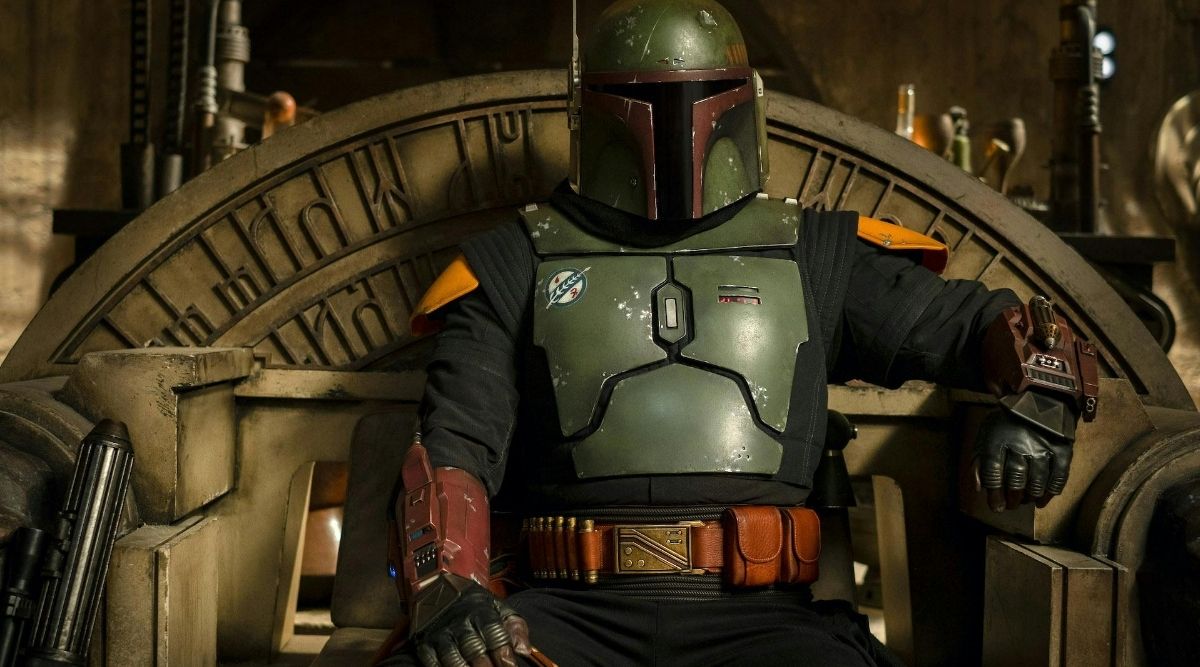
The Book of Boba Fett is a Star Wars series of contrasts. It’s compelling when focused on Boba’s reinvention, but unfocused when sidetracked by Mandalorian cameos. At its best, the show explores identity, honor, and legacy through Boba’s time with the Tusken and his attempt to rule with dignity instead of fear.
Moments like Boba riding the rancor or reflecting on his past give the character new depth. However, the back half of the series effectively turns into The Mandalorian Season 2.5, pulling attention away from its lead and muddying its purpose.
The ideas are strong, but inconsistent execution keeps the show from reaching its full potential. Still, its ambition and quieter moments make it more than just a footnote. Temuera Morrison donning the armor again for season 2 wouldn’t be the worst thing in the world.
12. Obi-Wan Kenobi
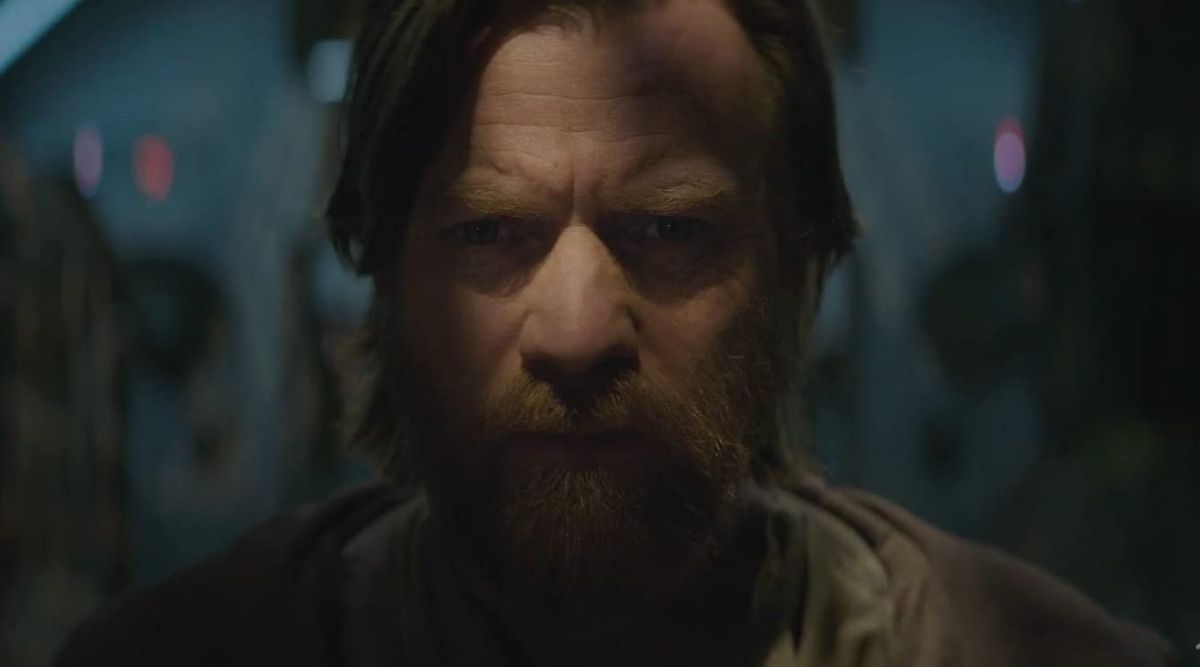
Obi-Wan Kenobi carries immense emotional weight on paper. A character caught between regret and survival returns to confront his greatest failure. But while it hits some powerful highs, the series struggles with pacing, tone, and structure. The dynamic between Obi-Wan and Vader (Hayden Christensen) is strong, and Ewan McGregor’s performance anchors the series. Key moments, particularly their final confrontation, deliver on the promise of closure and thematic depth.
However, this Star Wars series often feels like it’s stretching a movie idea into a six-part series. Supporting arcs feel underdeveloped, and their central tension sometimes undermines Obi-Wan’s growth. Even so, it remains an essential watch for its emotional core and legacy connections.
11. Clone Wars (2003)
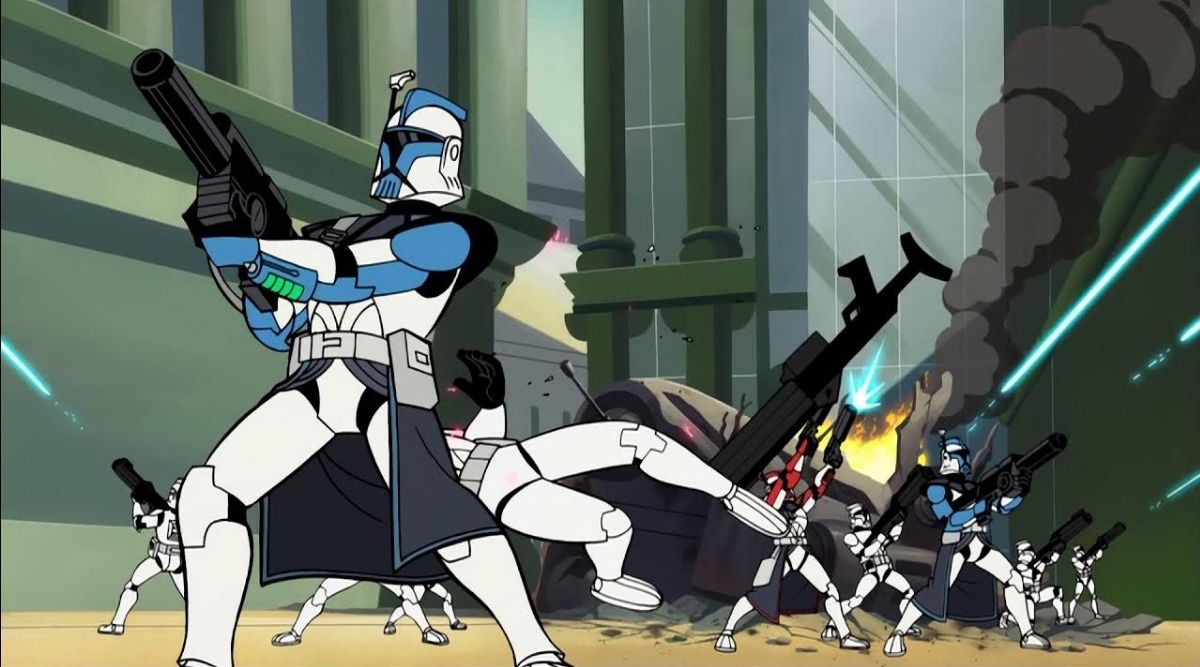
Genndy Tartakovsky’s Clone Wars (2003) is Star Wars at its most stylized. With striking visuals, minimal dialogue, and surreal pacing, it captures the tone of myth more than continuity.
Though not true canon, its influence is still felt throughout Star Wars—from Mace Windu’s force feats to the larger-than-life depiction of Jedi power. It helped define what Star Wars animation could look and feel like, and its sequences are still iconic two decades later.
While lacking the narrative complexity of its successor, it remains a visually unforgettable experience and a formative piece of the franchise’s animation legacy.
10. Tales of the Jedi / Tales of the Empire / Tales of the Underworld
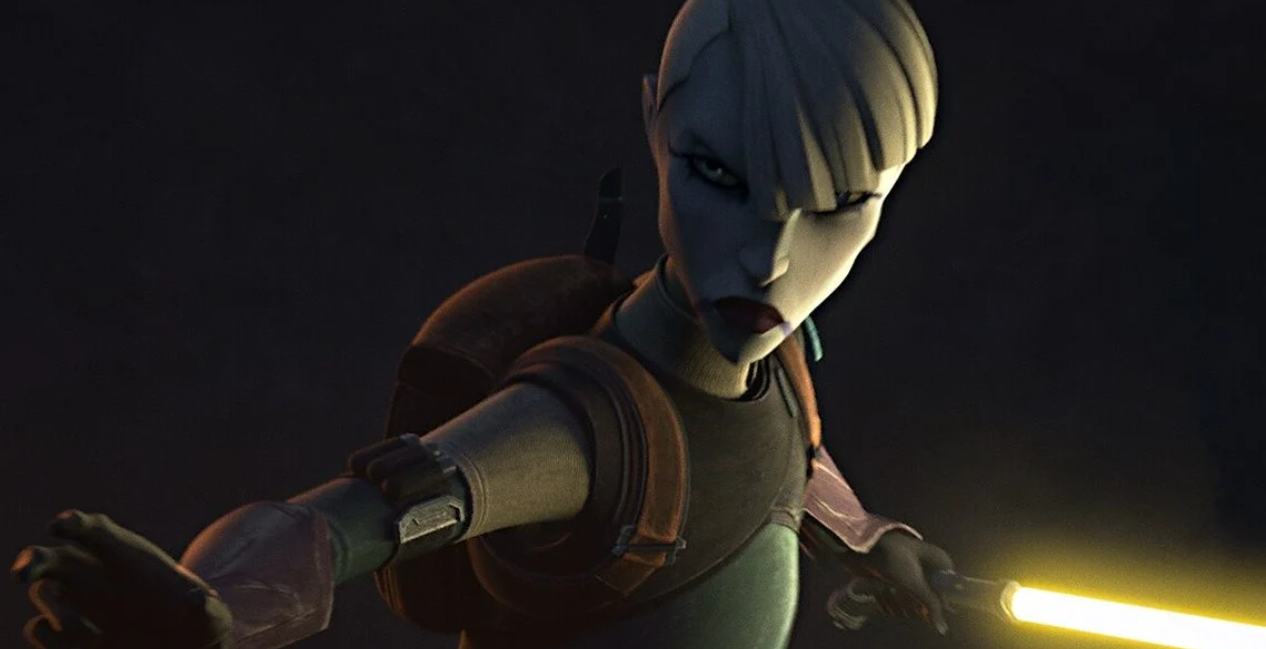
The Tales anthology series offers compact, powerful storytelling that expands the emotional and philosophical dimensions of side characters. With elegant animation and minimalist writing, these shorts explore themes like loyalty, ideology, and identity.
By giving characters like Count Dooku, Barriss Offee, Morgan Elsbeth, and Asajj Ventress focused arcs, the series adds depth to moments that might otherwise be left to supplemental material. It feels like a visual companion to canon comics and novels—efficient, impactful, and meaningful.
Though short in runtime, each story carries real weight. If future anthologies maintain this level of quality, this format could become a cornerstone for storytelling in the franchise.
9. The Clone Wars
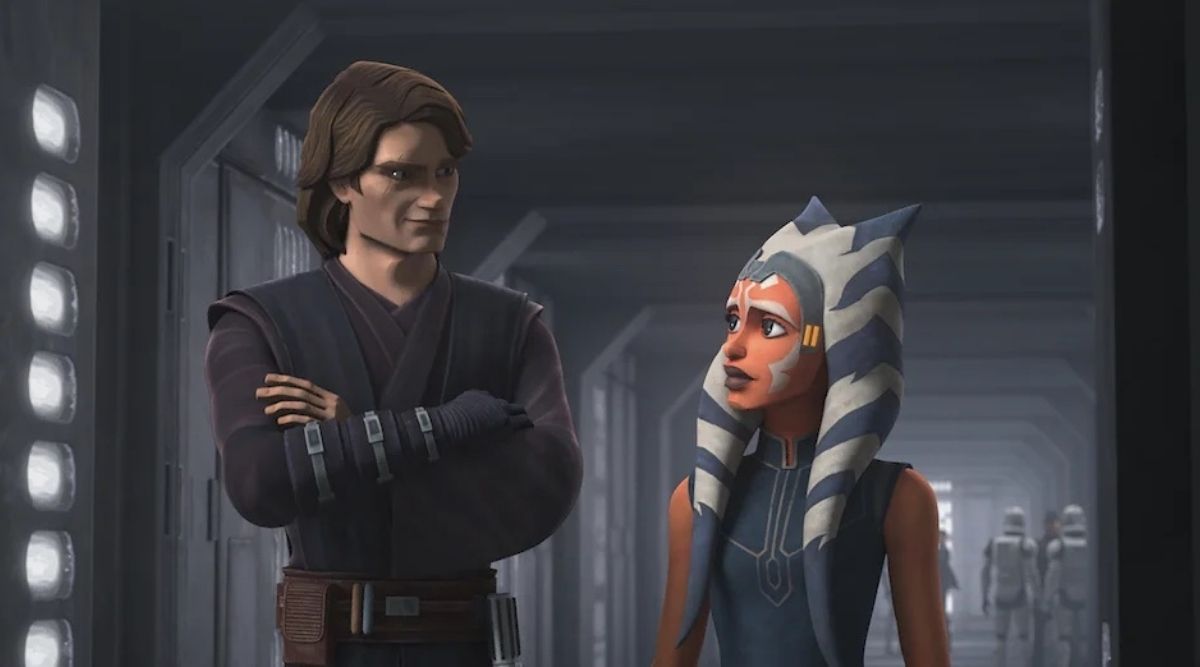
The Clone Wars is foundational to the modern Star Wars era. It bridges the narrative and emotional gaps between Attack of the Clones and Revenge of the Sith, enriching the prequel trilogy by developing its most important characters and introducing new ones that would reshape the franchise.
Its greatest strengths lie in its later seasons, particularly the Siege of Mandalore, which delivers some of the most cinematic and emotionally charged episodes in the entire saga. It humanizes the clones, complicates the Jedi, and gives Ahsoka the arc she always deserved.
As a full series, it’s inconsistent. Early seasons vary in tone and quality, and not every arc carries the same weight. Despite that, its highs are so impactful that they solidify it as essential Star Wars.
8. Andor
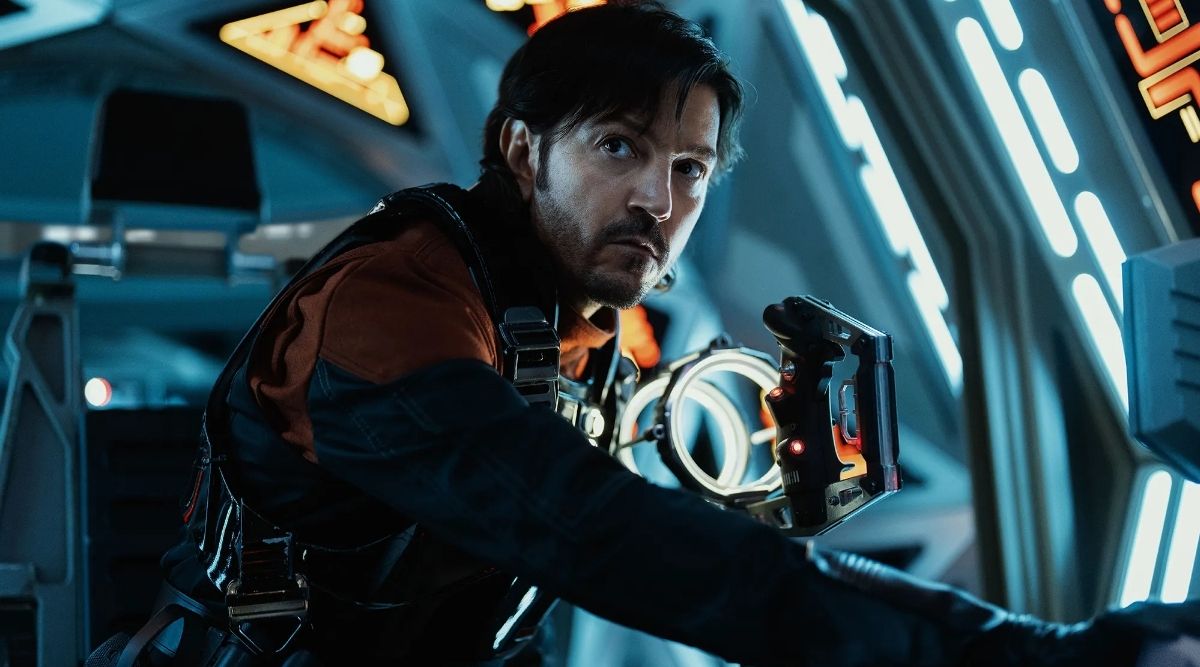
Andor is one of the most meticulously crafted Star Wars series to date—grounded, mature, and razor-focused on the systems that breed rebellion. Its strength lies in showing how ordinary people, not Chosen Ones, rise in the face of authoritarianism. From the sterile brutality of Narkina 5 to the cold manipulation in the Senate and ISB, the series captures the suffocating grip of the Empire better than most.
But for all its excellence in tone and execution, Andor is not uncharted territory. The ideas it explores—systemic oppression, resistance through community, and the cost of hope—have already played out in Rebels, the novels, and even parts of The Clone Wars. What sets Andor apart from other Star Wars series is how cleanly and powerfully it packages those themes into a prestige-format thriller.
If there’s one tradeoff, it’s that Cassian often feels like a passenger in his own story. The focus shifts to the broader movement, which is compelling, but leaves less room for emotional investment in his arc. Still, Andor stands tall as a showcase of what Star Wars can be when it leans fully into political storytelling and trusts its audience to keep up.
7. The Mandalorian
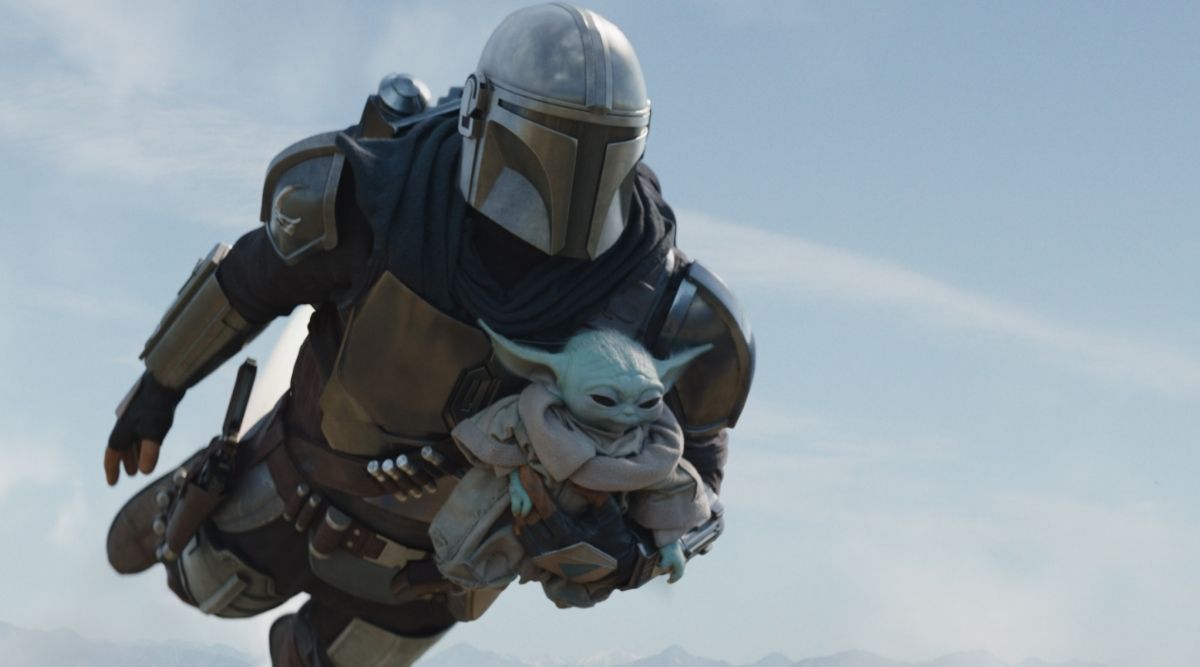
The Mandalorian reshaped modern Star Wars series by showing how a stripped-down story rooted in character can redefine an entire franchise. As a western-inspired series with deep emotional resonance, it brought new fans into the fold without requiring prior knowledge.
Through Din Djarin’s journey, the show explores themes of identity, belief, and parenthood in a galaxy full of shifting allegiances. It also examines the long shadow of the Empire—not from a galactic leadership perspective, but through forgotten people and unspoken trauma.
Its success lies in its accessibility and sincerity. Whether it’s introducing Grogu or bringing back long-lost characters from animation or novels, The Mandalorian balances legacy with innovation. Its influence on the Disney+ era Star Wars series is undeniable.
6. Ahsoka
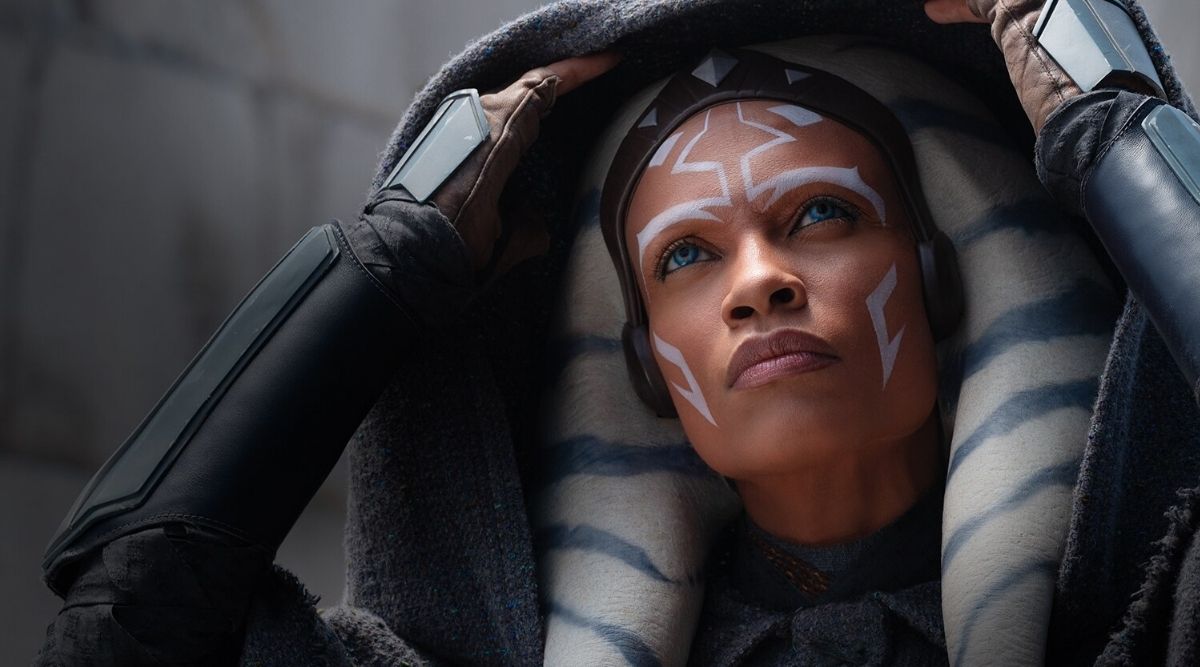
Ahsoka acts as a convergence point for nearly every corner of modern Star Wars storytelling—from Clone Wars and Rebels to the greater legacy content. It serves as both a continuation and an introduction, rewarding longtime fans while offering new audiences countless paths into the wider canon.
The show excels in legacy building. It reflects on mentorship, trauma, and the burden of carrying an identity forged in war. It also explores deeper Force mythology, bringing back cosmic elements like the Mortis gods and introducing a broader spiritual landscape. As a live-action expansion of animated arcs, Ahsoka proves the emotional and narrative weight those stories have carried for years. It’s not just a sequel—it’s a celebration of what Star Wars has become.
5. Skeleton Crew
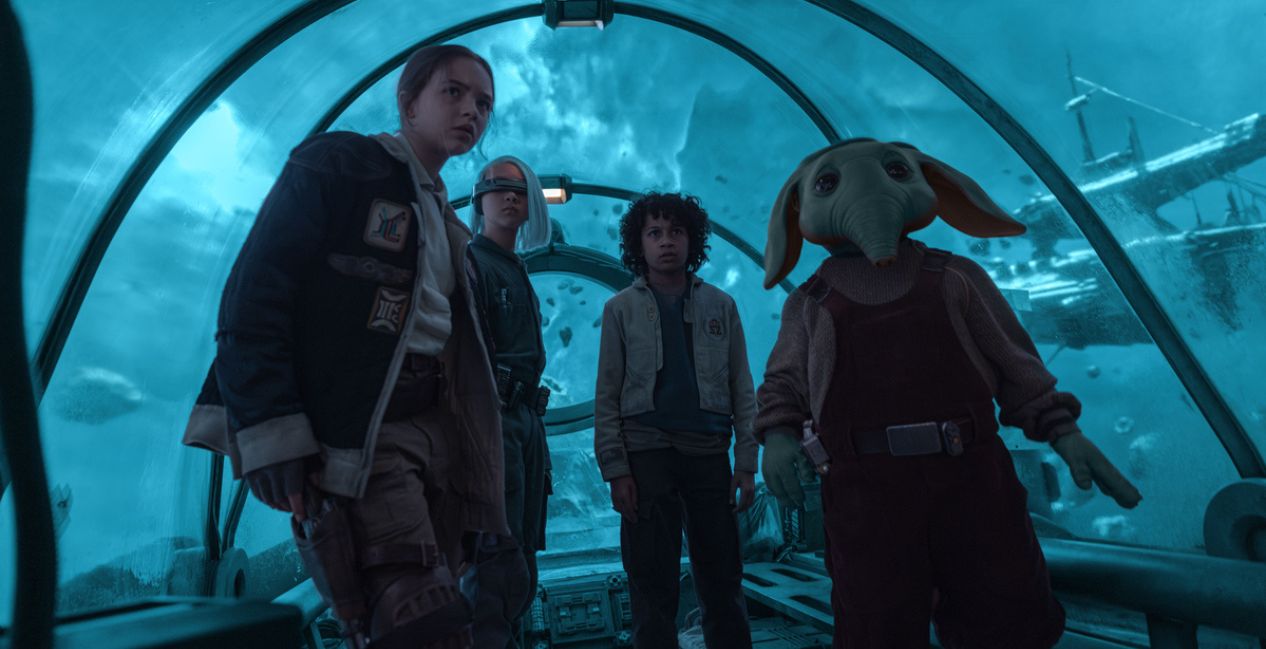
Skeleton Crew offers a unique Star Wars series lens into a galaxy shaped by youth, fear, and curiosity. Centered on a group of kids stranded far from home, the series leans into classic adventure storytelling while exploring what it means to grow up in a galaxy shaped by chaos.
Rather than focusing on a great evil or galactic wars, it tells a smaller, more personal story. The danger feels real because it’s seen through young eyes, and the adults they encounter are often just as lost. It’s a story about survival, mentorship, and the tension between innocence and reality.
What makes Skeleton Crew stand out is its scale. The stakes aren’t about saving the galaxy—they’re about making it through the next day. And in that way, it proves Star Wars doesn’t need legacy characters or major battles to feel meaningful. It just needs a good reason to keep going.
4. Rebels
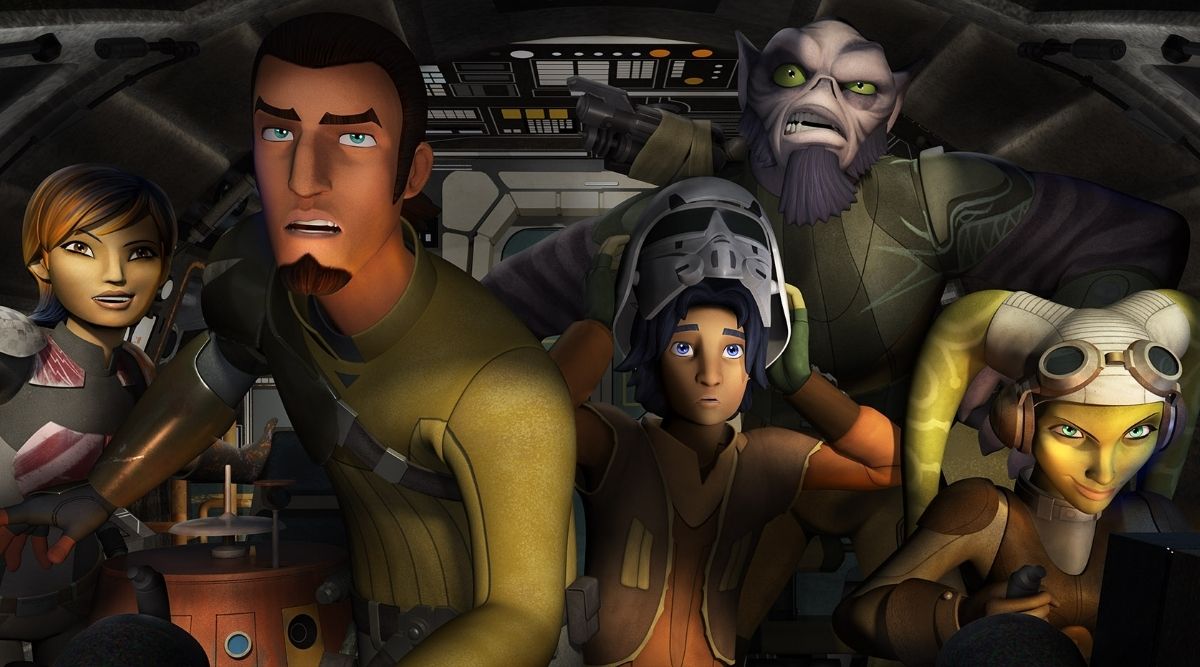
Before Andor gave us political nuance and before The Mandalorian redefined the found family trope in Star Wars, Rebels had already laid the groundwork—quietly, consistently, and emotionally—on a kids’ cable channel. What seemed at first like a Saturday morning cartoon evolved into one of the most thematically rich, emotionally resonant entries in the entire saga.
The story of Ezra Bridger and the Ghost crew starts small: a handful of outcasts, fugitives, and freedom fighters trying to make a difference. But over time, their missions grow, and so do they. What begins as survival becomes resistance, and what begins as mentorship becomes sacrifice. Rebels captures the slow burn of rebellion—how it grows out of loss, loyalty, and belief in something better. The liberation of Lothal stands as one of Star Wars’ most complete and satisfying arcs of hope and resistance.
3. The Bad Batch

Across three seasons, The Bad Batch delivers one of Star Wars’ most consistent and emotionally resonant narratives. It follows Clone Force 99 through a shifting galactic landscape, where doing good often comes with no reward, just survival.
The show masterfully explores themes of identity, agency, and loss. It humanizes the clones more than any series before it, exposing the political manipulation and abandonment they faced post-Order 66. With no true low points and a clear narrative arc, The Bad Batch proves that animation can tackle the darkest corners of Star Wars storytelling—and do it better than many live-action efforts.
2. The Acolyte
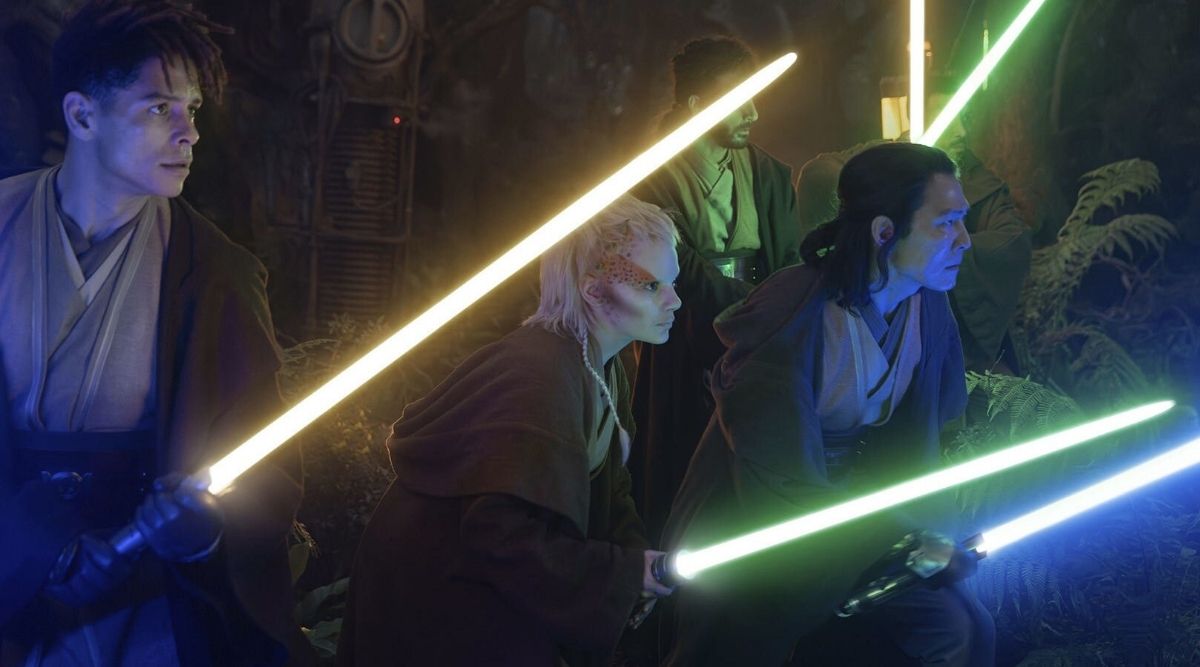
Set at the tail end of the High Republic, The Acolyte breaks new ground as a Star Wars series by reframing the Jedi Order and Republic at the height of their influence. It leans into one of the franchise’s oldest themes—truth from a certain point of view—and delivers a murder mystery built on moral ambiguity.
The series blends deep-cut canon knowledge with fresh storytelling, incorporating long-lost Legends references while building something wholly original. Without the need for Empire, Skywalkers, or rebellion-era nostalgia, The Acolyte proves that compelling Star Wars doesn’t require familiar names. It’s a masterclass in world-building, ideology, and performance, cementing itself as one of the boldest live-action entries to date.
1. Visions
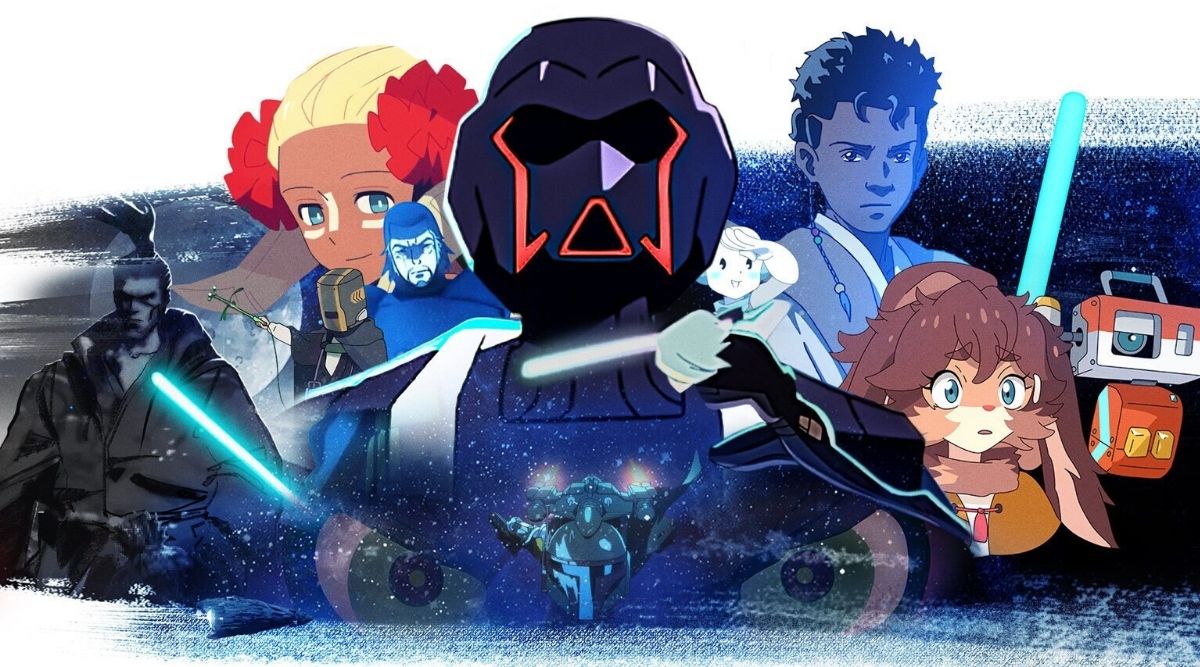
Visions is the clearest proof that the galaxy is big enough for every kind of storyteller. Unbound by canon, it invites animation studios from around the world to reimagine the Force, identity, and legacy through their own cultural lenses.
The series reminds viewers that Star Wars is a mythos, not just a fixed timeline of Jedi vs. Sith. These short films highlight the richness of the galaxy far, far away through experimental visuals and emotional arcs. Several episodes have already spun off into sequels, solidifying Visions as more than a side project—it’s a movement. Few Star Wars projects celebrate creative freedom like this one, and even fewer demonstrate how well that freedom can deliver.
These Star Wars series prove that the Galaxy Far, Far Way thrives when it embraces variety. The galaxy isn’t just one story told over and over; it’s a thousand stories waiting to be told from a thousand different angles. Whether through animation, live-action, comedy, or tragedy, these shows reveal the depth of a universe that has always been bigger than any one saga.
The best Star Wars series don’t just expand the lore, they expand the language of the franchise. They give us new ways to think about the Force, new perspectives on rebellion, and new emotional truths that land just as powerfully as any lightsaber duel.
And that’s the point: Star Wars isn’t sacred because of tradition. It’s sacred because of transformation. These Star Wars series on Disney+ carry that torch forward, and the galaxy is better for it.

